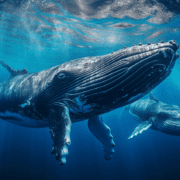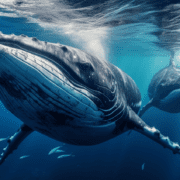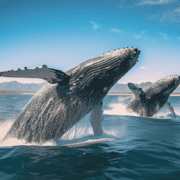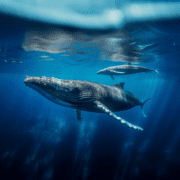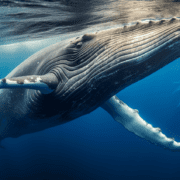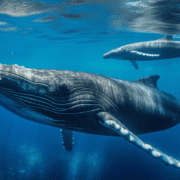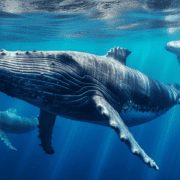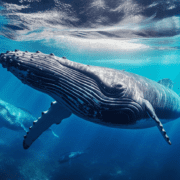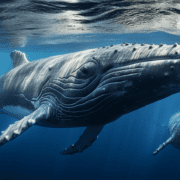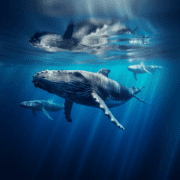Photographing Giants: Tips for Capturing Stunning Whale Images on Your Tour
Whale watching is an awe-inspiring experience, and capturing that moment when a whale breaches the surface or flicks its tail can be both thrilling and challenging. Australia Whale Experience, a leading provider of whale watching tours, offers the perfect platform for budding and experienced photographers alike to photograph these magnificent creatures. Here are some tips to help you capture stunning whale images on your tour.
1. Choose the Right Equipment
- Camera: A DSLR or mirrorless camera with manual settings is ideal, but good results can be achieved with advanced compact cameras or even smartphones.
- Lens: A zoom lens (e.g., 70-200mm) allows flexibility in framing your shots.
- Protection: Bring protective gear for your camera, as sea spray can be an issue.
2. Understand Your Camera Settings
- Shutter Speed: Use a fast shutter speed (1/1000th of a second or faster) to freeze the action.
- Aperture: A mid-range aperture (f/8) usually provides a good balance of exposure and depth of field.
- ISO: Keep the ISO as low as possible to reduce noise but adjust as needed for proper exposure.
3. Anticipate the Action
- Watch and Learn: Observe the whales’ behaviour and listen to the guides, as they often can predict where the whales might surface.
- Be Ready: Keep your camera on and your finger near the shutter button.
4. Compose Your Shots
- Frame Thoughtfully: Consider the rule of thirds and try to include some context, like the horizon or other boats.
- Focus on the Eye: If possible, focus on the whale’s eye or the nearest part of the whale to the camera.
5. Respect the Whales and Fellow Passengers
- Follow Guidelines: Adhere to the guidelines provided by Australia Whale Experience to ensure a respectful experience for the whales.
- Be Considerate: Be mindful of other passengers and share the best viewing spots.
Australia Whale Experience: A Photographer’s Dream
Australia Whale Experience offers specialized photography tours guided by professional photographers who provide on-the-spot advice and assistance. Their vessels are designed with photographers in mind, offering unobstructed views and stability to aid in capturing sharp images.
Photographing whales is an exciting and rewarding challenge. With the right approach and the expert guidance provided by Australia Whale Experience, you can come away with stunning images that capture the majesty and grace of these ocean giants.
Whether you’re a seasoned photographer or just want to snap some memories with your phone, these tips and the specialized tours offered by Australia Whale Experience can help you achieve beautiful results. Book your photography tour today, and get ready to capture the giants of the sea in all their glory!

